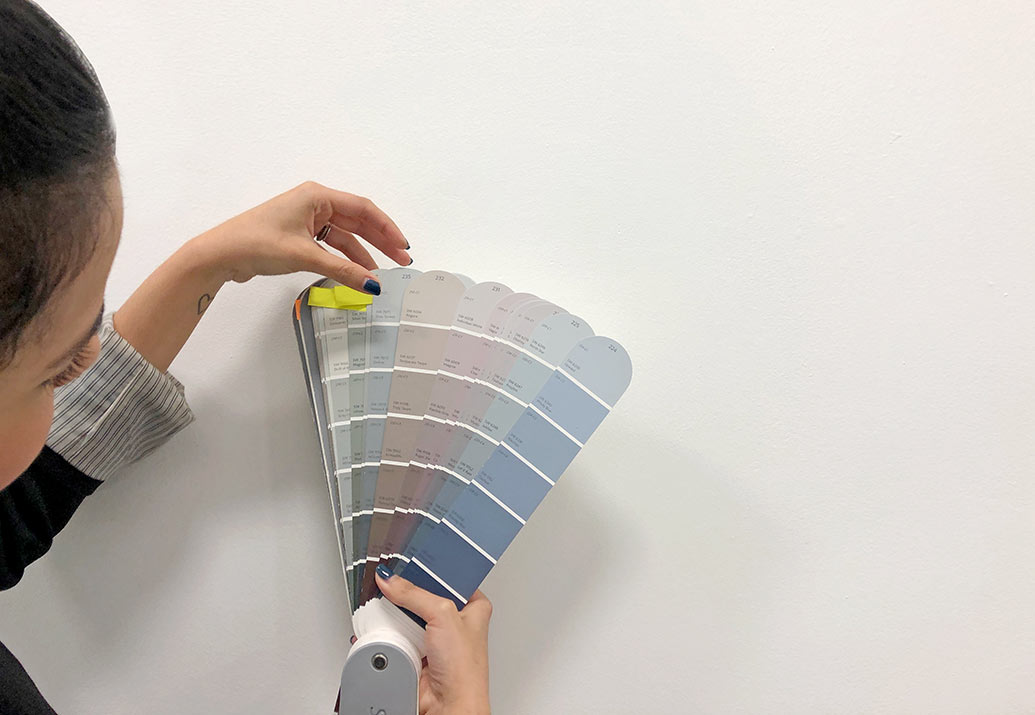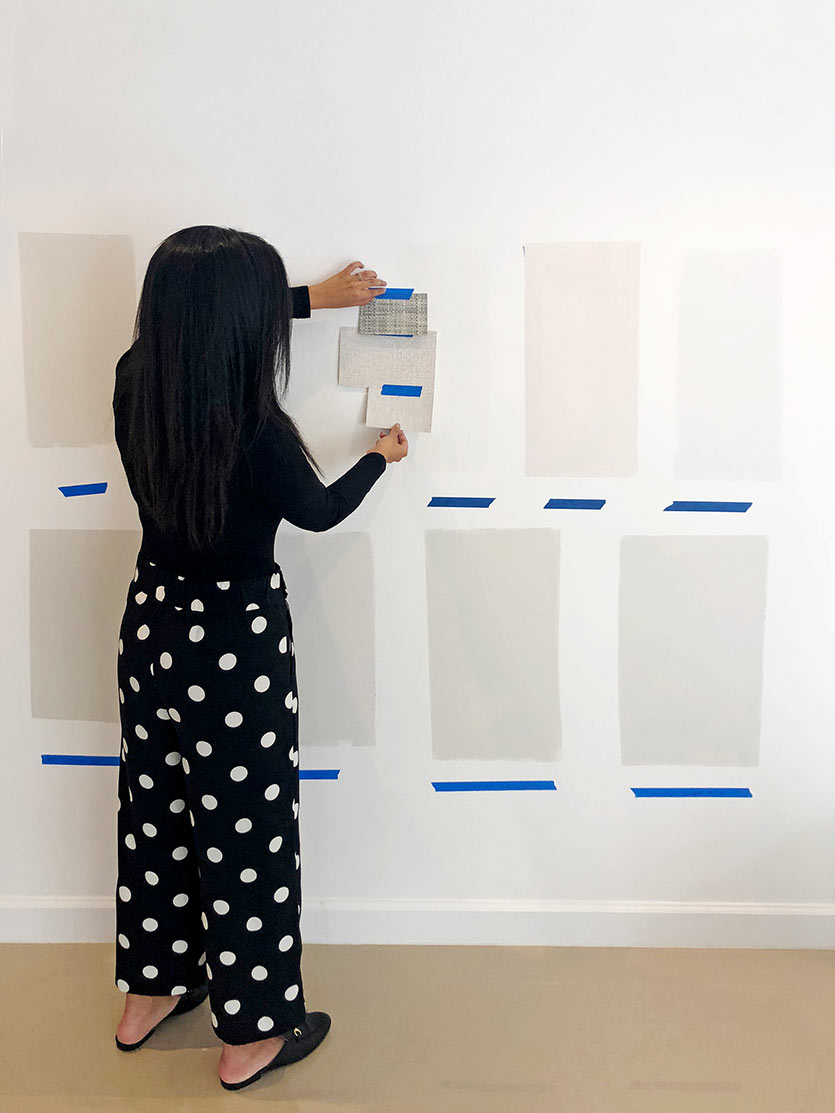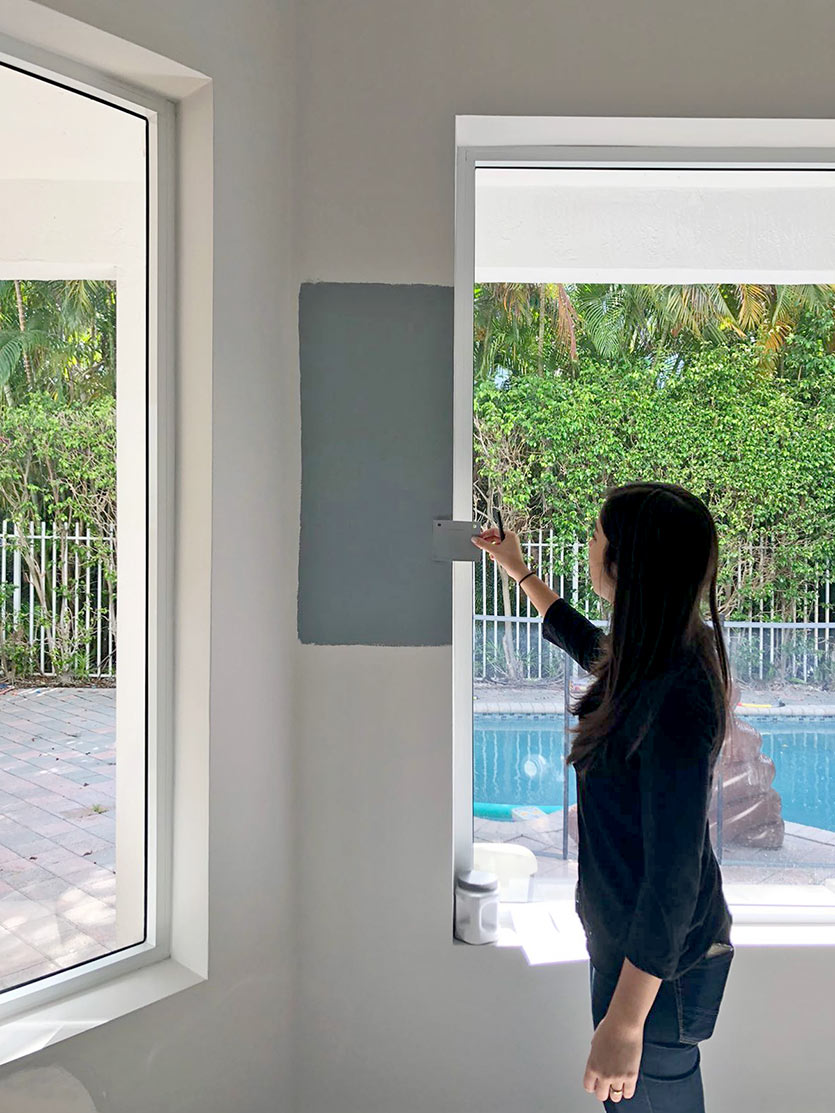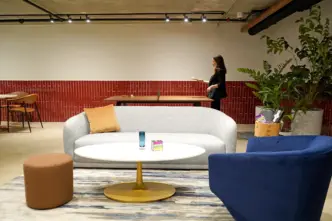Must-Know Tips for Choosing Interior Paint
Tips and trends on paint for interiors
Did you know that paint is the most commonly used material by interior designers to change the mood and look of a space? Indeed, painting a room, or even just an accent wall, is the most cost-efficient and fastest way to freshen up an interior! Although choosing interior paint might look like a simple decision; it can become a hassle if you do not know all the options there are. For that reason, our professional team of interior designers is sharing the basic information and must-know tips for choosing interior paint for your interior project.
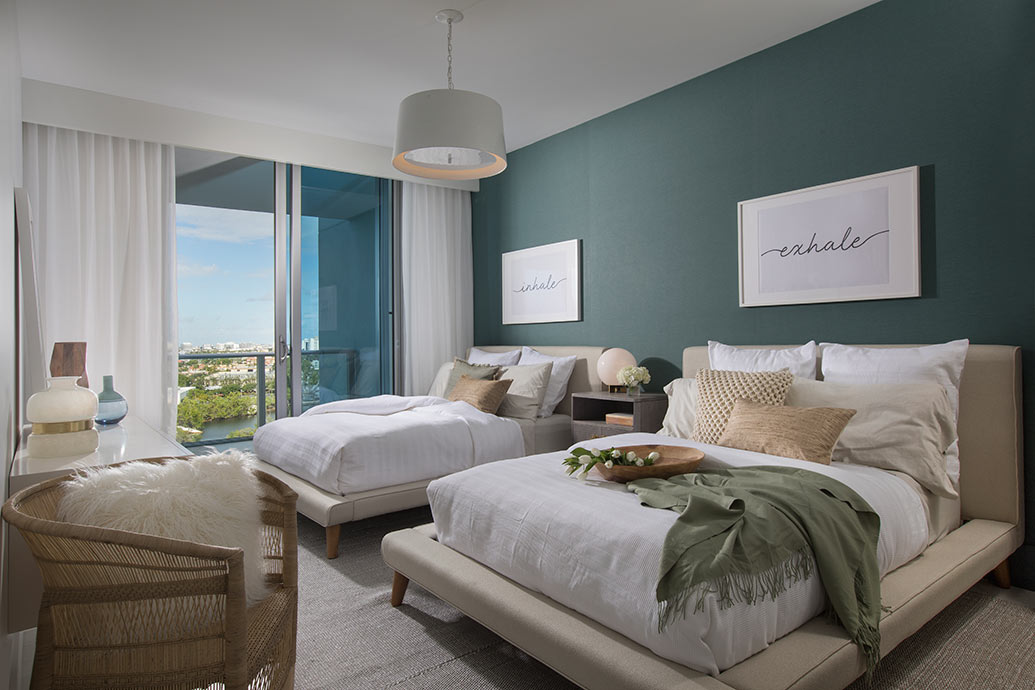
Time needed: 30 minutes
At DKOR, our designers define the color palette of the whole project during the concept development phase. It is a very important element that unifies the rest of the selections (materials, furniture, accessories, etc.). Hence, the reason why we like to develop and define the color scheme early on.
- Start with a color palette
Whether you are going for a colorful interior or a monochromatic mood, choosing the right color palette can be tricky. We often use inspiration from photography, nature and simply looking on the internet: Pinterest is your friend! Many preset color palettes can be found and are great to use as a starting point. Check out our Pinterest board here to get inspired

- Select paint color references
Once your color scheme is set, it is time to select actual paint color references from your favorite paint vendor. Our DKORistas love to use brands like Benjamin Moore and Sherwin-Williams because they have so many options. But there are many more out there, so don’t settle if you cannot find the “shade of blue you dream of” in the Sherwin-Williams catalogs.
Once you found (online, or in-store) the paint color reference you like, we advise you to get a second and a third similar options that trigger your interest. Get samples of all three at your local store and head back to the space you wish to paint. Now on one wall paint a large square (2’x2’ or 3’x3’ is plenty) in each of the three colors. Important note: place them right next to each other to compare them.
Notice how the light (artificial and natural) in your space can affect the colors you selected. Sometimes, the colors change drastically once applied in your room. By following these steps you will be able to select the one color reference that works best in your actual space.
- Check the paint finish
All paint colors come in different finishes. These depend on the paint brand (vendor), although the typical finishes we see are below:
High gloss (very shiny, shows imperfections, easy to clean, good for trims)
Semi-gloss (shiny, easy to clean, good for trims)
Satin (most popular, less shiny than semi-gloss, good for furniture and trims)
Eggshell (slightly glossy, good for high traffic areas if you want an almost matte finish)
Flat or Matte (no gloss, hides imperfections, best for low traffic areas)
Ask the experts at the store to see samples of the different finishes to understand the variations. Our DKORistas most commonly use the satin finish, as it looks modern but is easier to wash than the matte finish.
Tricky colors
There are some key paint colors that are always tricky. For example, you would think white is the easiest color to select. Be careful because white comes in many shades: off-white, clear white, bright white, eggshell, etc. Make sure you sample them out in your space and select the one color working best in your setting!
Grey is another color that can change once you see it applied on your wall. Some greys have more blue in them and can feel very cold. While others can have a beige tint; suddenly making them feel too warm and even brown-ish. Make sure you check what is the end feeling you wish in that space.
Top 3 benefits of using paint
Benefits of using paint on interiors
- Paint is not as permanent as other materials. You can always change it: simply paint over it!
- You can easily customize the paint color to your liking by mixing paint colors together.
- It is the most cost-friendly material you will find for your project.
Final Tips
Make sure to note the paint code that you use even after finishing your space. And buy a little extra quantity as well… This way if you ever have touch-ups to do, you have the extra paint to do so easily.
On this final note, we hope you have a better understanding of paint and all its components. If you have to take one element of this article, try to remember this: do not underestimate the change that a color can have from the sample in your hand to when you actually apply it on your walls. So, make sure you sample it out before committing!


